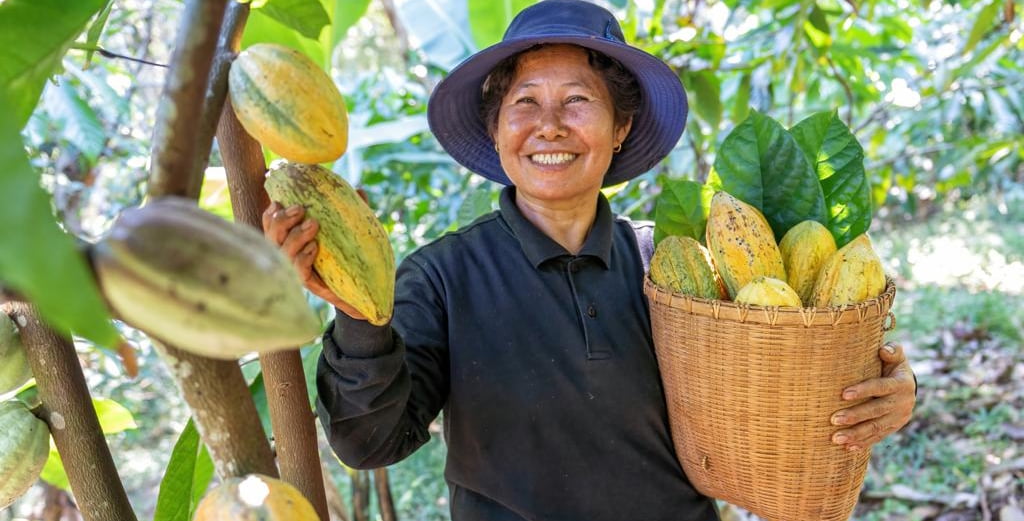Chocolate Production
Chocolate is one of the most beloved treats in the world, enjoyed by people of all ages and cultures. Its rich and complex flavor profile, along with its versatility in various culinary applications, has made it a staple in many households and food industries.
The production of chocolate has come a long way since its earliest origins, with traditional methods giving way to modern manufacturing techniques that have enabled mass production of high-quality chocolate products. In this article, we’ll explore the different stages of chocolate production, from harvesting cacao beans to molding the final product.
Harvesting
Chocolate is made from the seeds of the cacao tree, which is native to Central and South America. The pods of the tree are harvested when they are ripe, which can vary depending on the variety of the tree. The pods are then split open, and the cacao beans are removed.
Fermentation and Drying
The cacao beans are then fermented to develop the chocolate flavor and to remove the outer layer of the bean. The fermentation process can last several days and involves the beans being placed in a container and covered with banana leaves or other organic matter. The beans are turned regularly to ensure even fermentation. After fermentation, the beans are dried in the sun or using artificial heat to remove any excess moisture.
Roasting
The dried cacao beans are then roasted at a specific temperature and for a specific time to further develop the chocolate flavor. Roasting also helps to remove any remaining outer layer and makes it easier to grind the beans.
Grinding and Refining
The roasted cacao beans are ground into a paste, which is then subjected to heat and further grinding to make it thinner and smoother. This process is known as refining, and it results in a finer texture and smoother consistency. The refining process also helps to remove any remaining husks or other impurities.
Mixing and Conching
After refining, the chocolate paste is mixed with other ingredients like sugar, milk, and cocoa butter to create the final product. The mixture is then conched, which involves kneading and heating the mixture to create a smooth and uniform texture. Conching can last for several hours or even days, depending on the desired texture and flavor.
Tempering and Molding
The final stage of chocolate production involves tempering and molding. Tempering is a process that involves heating and cooling the chocolate to create a stable crystalline structure. This process gives chocolate its signature glossy appearance and snap when broken. The tempered chocolate is then poured into molds and allowed to cool and harden.
Conclusion
The production of chocolate has evolved significantly over the centuries, from the traditional methods used by ancient civilizations to the modern manufacturing techniques that enable mass production of high-quality chocolate products. Each stage of the chocolate production process plays a crucial role in creating the final product’s flavor, texture, and appearance. With the continued development of new technologies and techniques, the chocolate industry will continue to innovate and evolve, satisfying the world’s craving for this beloved treat.


